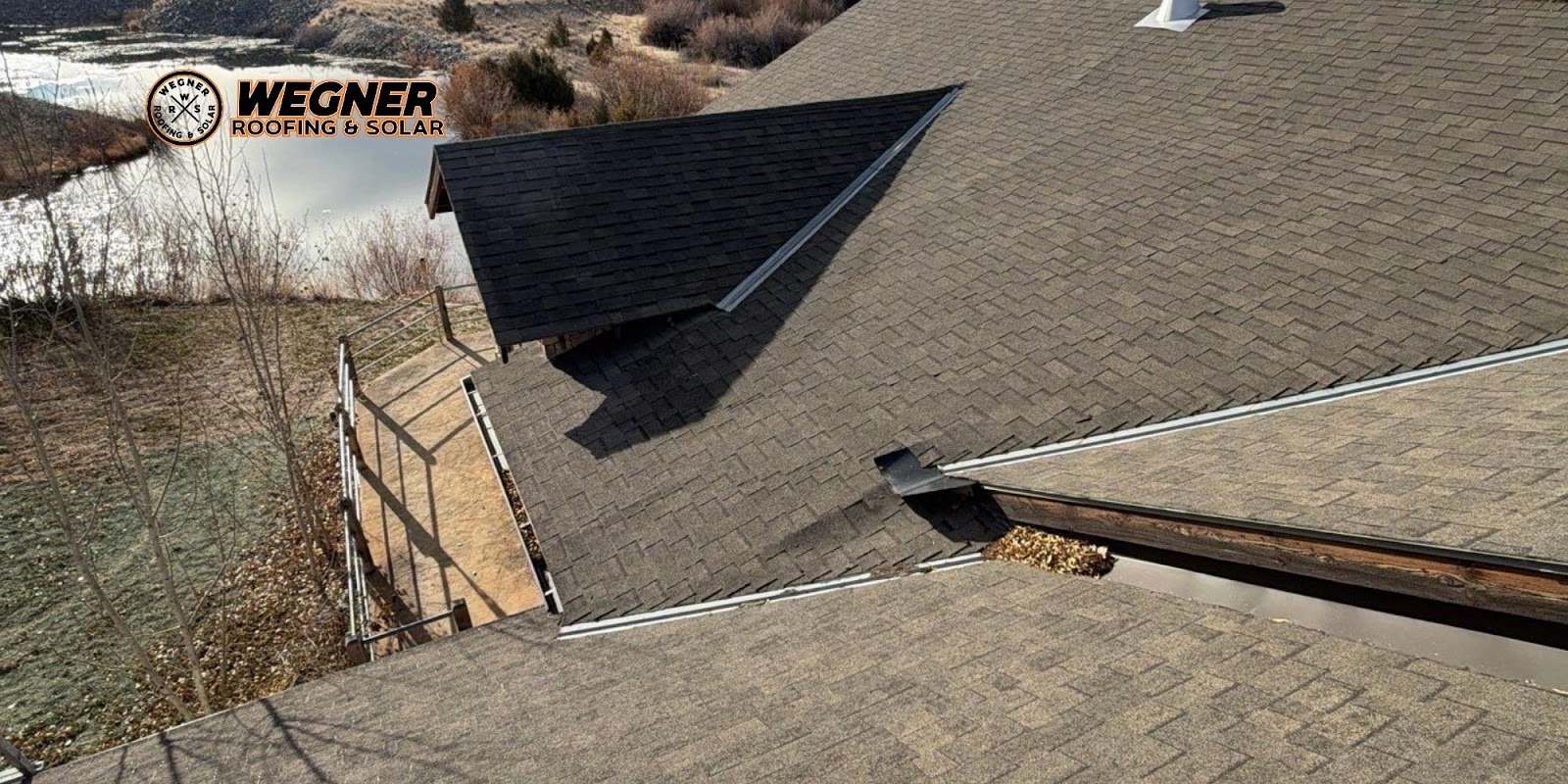Designing fire protection systems is one of the most important tasks in building safety. Among the many professionals involved in construction and building design, a sprinkler systems engineer plays a key role in protecting people and property from fire. This article will guide you through how a sprinkler engineer develops a sprinkler system for buildings in Canada. We’ll also explore the connection between sprinkler design and other systems like HVAC design, electrical design, mechanical design, and plumbing design.
Let’s take a simple, step-by-step journey through the design process and understand how this service works from the ground up.
What is a Sprinkler System?
A fire sprinkler system is a network of pipes, valves, and sprinkler heads designed to release water automatically in case of fire. These systems are crucial in both residential and commercial buildings.
In Canada, sprinkler systems must follow strict building codes and fire safety regulations. That’s why property developers and building owners often hire a sprinkler systems engineer to ensure the system is safe, efficient, and compliant.
Who Is a Sprinkler Systems Engineer?
A sprinkler systems engineer is a trained professional who specializes in sprinkler design. This person understands fire behavior, building codes, hydraulic calculations, and system layout. They work with sprinkler consultants, architects, mechanical consultants, and builders to ensure every part of the building is protected.
Their job is not just to draw pipes and nozzles. They must consider how the sprinkler system will interact with the entire building structure, from electrical lines to HVAC units.
Step 1: Understanding the Building Requirements
Every building is unique. The first step in designing fire sprinkler systems is to understand the purpose and layout of the building. Is it a school, warehouse, condo, or shopping mall?
At this stage, the engineer will:
- Analyze building size and shape
- Identify the occupancy type (how people use the space)
- Review fire safety codes and regulations
- Check if the building already has existing systems (like HVAC design or plumbing design) that might affect the sprinkler setup
This is also when they gather initial data needed to estimate the sprinkler system cost in Canada.
Step 2: Creating Sprinkler Drawings
After gathering information, the sprinkler engineer starts creating sprinkler drawings. These drawings show exactly where every sprinkler head, pipe, and valve will go.
Sprinkler drawings must include:
- Sprinkler head placement
- Pipe sizes and routes
- Control valves and backflow preventers
- Water supply connections
- Pressure requirements and flow calculations
These drawings are often made using advanced software, but the goal is simple—to show everyone how the system will work. Sprinkler drawings are reviewed by fire departments, contractors, and mechanical engineering consultants before construction begins
Step 3: Coordinating with Other Systems
Designing a sprinkler system isn’t done in isolation. A building has many systems that must work together. This includes:
- HVAC design for heating and cooling
- Electrical design for lighting and equipment
- Plumbing design for water and drainage
- Mechanical design for elevators, pumps, and boilers
For example, a sprinkler pipe should not block an air duct or electrical cable. The sprinkler consultant must coordinate with the teams responsible for each system.
This teamwork ensures safety and helps avoid costly mistakes during installation.
Step 4: Hydraulic Calculations and System Testing
Once the layout is complete, the sprinkler systems engineer performs detailed hydraulic calculations. These calculations determine:
- How much water pressure is needed
- How quickly water must reach the fire
- How large the pipes should be
Hydraulic testing is one of the most important parts of sprinkler design. If the water pressure is too low or the pipes are too small, the system might fail during a fire.
After installation, the engineer or contractor tests the system with water to make sure everything works correctly. This is called a “wet test” or flow test.
Step 5: Meeting Legal and Safety Standards
Canada has strict building and fire safety codes. Every sprinkler system design service must follow these codes. Local fire departments and city inspectors review the plans and often visit the building after installation.
Key regulations include:
- National Building Code of Canada (NBC)
- National Fire Code of Canada (NFC)
- Local municipality requirements
The sprinkler consultant must ensure all documents, permits, and inspections are handled properly. If anything is missed, the project can be delayed or rejected.
How Other Disciplines Support Sprinkler Design
Let’s explore how other engineering fields support sprinkler design in real-world projects.
HVAC Design
Ventilation and air handling systems may affect how smoke spreads in a building. The sprinkler engineer works with HVAC designers to place sprinklers in areas where smoke and heat may rise fastest.
Electrical Design
Sprinkler pipes must not interfere with electrical lines. In some cases, fire alarm systems and sprinkler systems are connected. Electrical designers help ensure safe and legal installation.
Plumbing Design
A sprinkler system uses water from the building’s plumbing supply. Plumbing design ensures there is enough water pressure and volume for the sprinklers to function during a fire.
Mechanical Design
Mechanical design teams often work on boiler rooms, pump rooms, and other technical spaces. The sprinkler engineer must consider these areas and coordinate with mechanical teams to avoid system conflicts.
Why Hire a Sprinkler Consultant or Engineer?
Hiring a certified sprinkler consultant or sprinkler engineer is essential for several reasons:
- Ensures safety and fire protection
- Avoids legal problems and building violations
- Reduces risk of design mistakes
- Saves money in long-term maintenance and repairs
- Speeds up construction and permit approval
These experts know what local authorities require and help avoid costly changes later.
Understanding Sprinkler System Cost in Canada
While we won’t mention specific numbers, it’s important to note that sprinkler system cost in Canada depends on many factors, such as:
- Building size and height
- Occupancy type
- Water supply availability
- Number of floors
- Special hazard areas (e.g., kitchens or labs)
A proper design helps estimate accurate costs early and prevent unexpected expenses later.
Conclusion
Designing a fire sprinkler system is not just about pipes and nozzles. It’s a careful process led by skilled professionals like sprinkler systems engineers and sprinkler consultants, with support from mechanical design, electrical design, plumbing design, and HVAC design experts.
By following national codes, using smart design tools, and coordinating with other systems, sprinkler engineers help keep buildings safe and secure.
If you’re planning a building project in Canada, consider consulting with a qualified sprinkler system design service provider who understands both technical requirements and legal standards. A properly designed system can protect lives, property, and your peace of mind.





